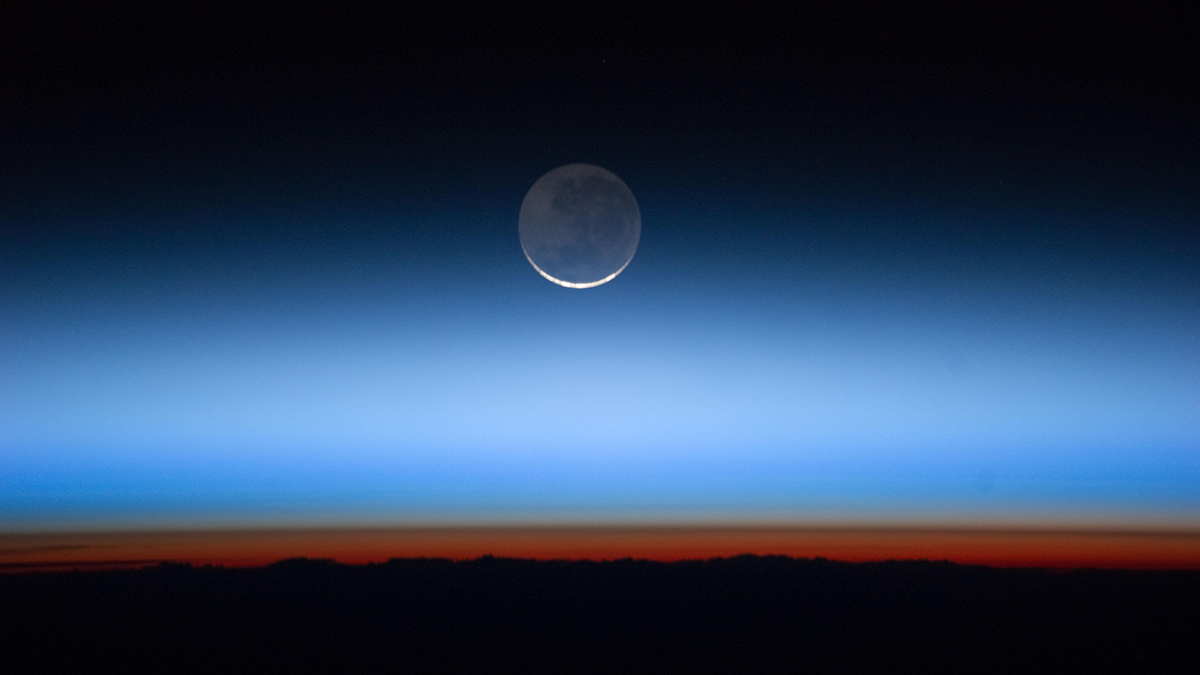Editors’ Highlights are summaries of recent papers by AGU’s journal editors.
Source: AGU Advances

Greenhouse gas emissions are making the middle and upper parts of the atmosphere cooler, which leads to a series of important changes. The cooling causes the atmosphere to shrink, affecting its structure, including the stratosphere and the density of the thermosphere. A thinner thermosphere means that satellites and debris in low Earth orbit stay up longer, increasing the risk of collisions. These changes also affect radio signals and GPS systems.
Unfortunately, as Añel et al. [2025] discuss, we do not have enough accurate long-term data to fully understand the impacts on this part of the atmosphere, and the situation is getting worse due to fewer observations. Improved monitoring of Earth’s upper atmospheric layers has many benefits, such as contributing to reducing the large uncertainty in estimates of the aerosol burden from volcanic eruptions and a better understanding of polar mesospheric clouds, which are increasing due to greenhouse gases.
Citation: Añel, J. A., Cnossen, I., Antuña-Marrero, J. C., Beig, G., Brown, M. K., Doornbos, E., et al. (2025). The need for better monitoring of climate change in the middle and upper atmosphere. AGU Advances, 6, e2024AV001465. https://doi.org/10.1029/2024AV001465
—Don Wuebbles, Editor, AGU Advances

